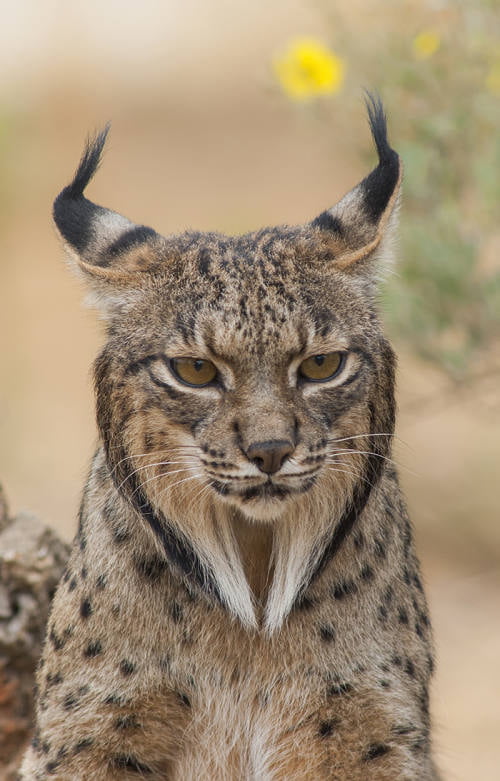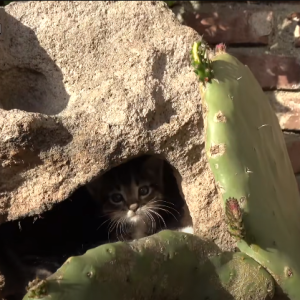cies, and road mortality.

With an estimated population of fewer than 100 individuals in the wild at its nadir, intensive conservation efforts have been implemented to stave off the brink of extinction. These initiatives include habitat restoration, captive breeding programs, and the translocation of lynxes to suitable habitats. Fortunately, these concerted endeavors have shown some promising results, with the Iberian lynx population slowly rebounding over recent years.

Yet, despite these hopeful signs, the Iberian lynx remains a symbol of the urgent need for global conservation action. Its survival hinges not only on continued human intervention but also on the preservation of the Mediterranean ecosystems it calls home. The plight of the Iberian lynx serves as a poignant reminder of the delicate balance between humanity and the natural world and underscores the importance of safeguarding our planet’s rich biodiversity for generations to come.





